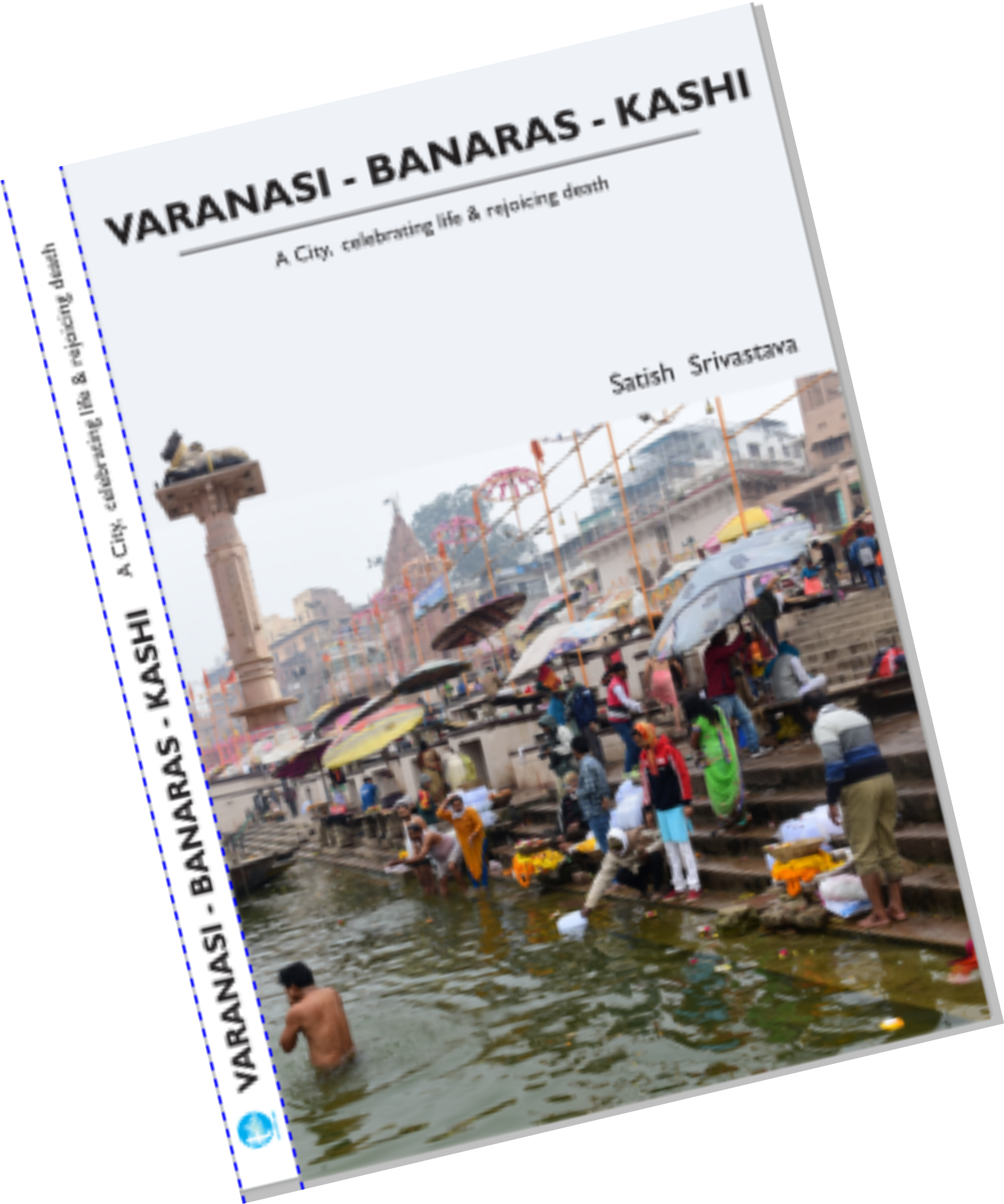



Hawamahal, Jaipur an introduction
Hawa Mahal: The Palace of Winds
The Hawa Mahal, located in Jaipur, Rajasthan, is one of India's most iconic architectural marvels. Built in 1799 by Maharaja Sawai Pratap Singh, this stunning five-story palace is made of red and pink sandstone and is famous for its 953 intricately designed windows, known as jharokhas.
Historical Significance
Inspired by the Khetri Mahal, the Hawa Mahal was designed by Lal Chand Ustad to allow royal women to observe street festivities without being seen. The unique honeycomb structure also facilitates natural air circulation, keeping the palace cool even during Rajasthan’s scorching summers.
Architectural Beauty
The palace’s pyramidal shape and ornate latticework make it a masterpiece of Rajput architecture. The small casements, arched roofs, and hanging cornices add to its grandeur, making it a must-visit destination for history and architecture enthusiasts.
Tourism and Preservation
Today, the Hawa Mahal stands as a symbol of Jaipur’s rich heritage, attracting thousands of tourists annually. Efforts have been made to preserve and restore the monument, ensuring its legacy continues for generations.





